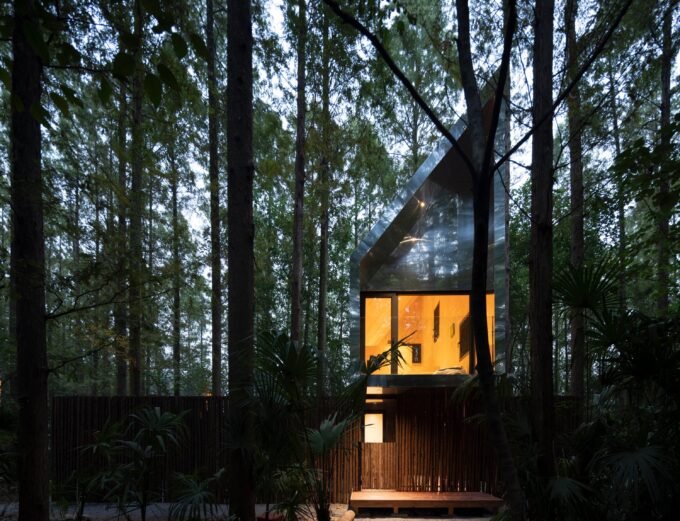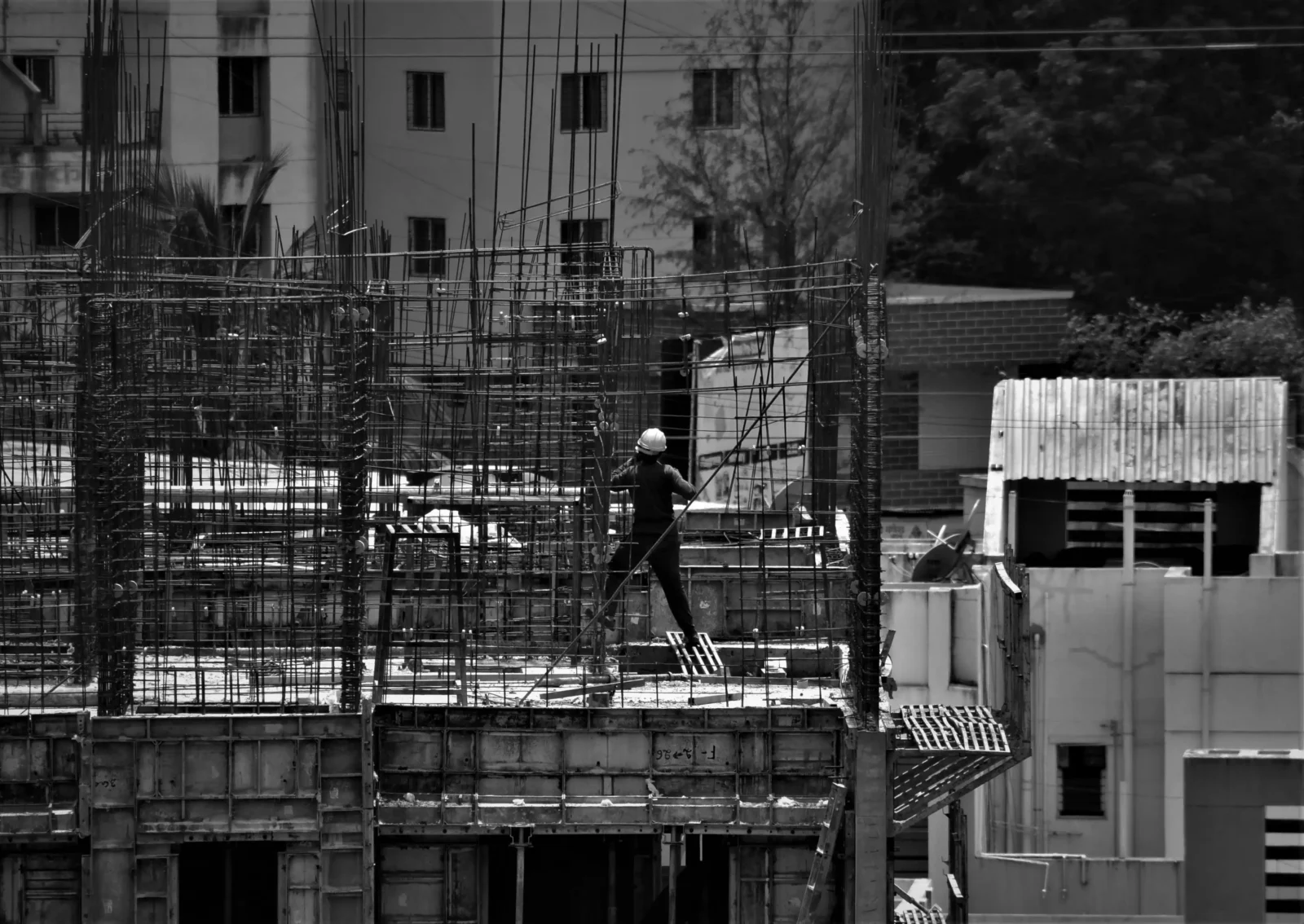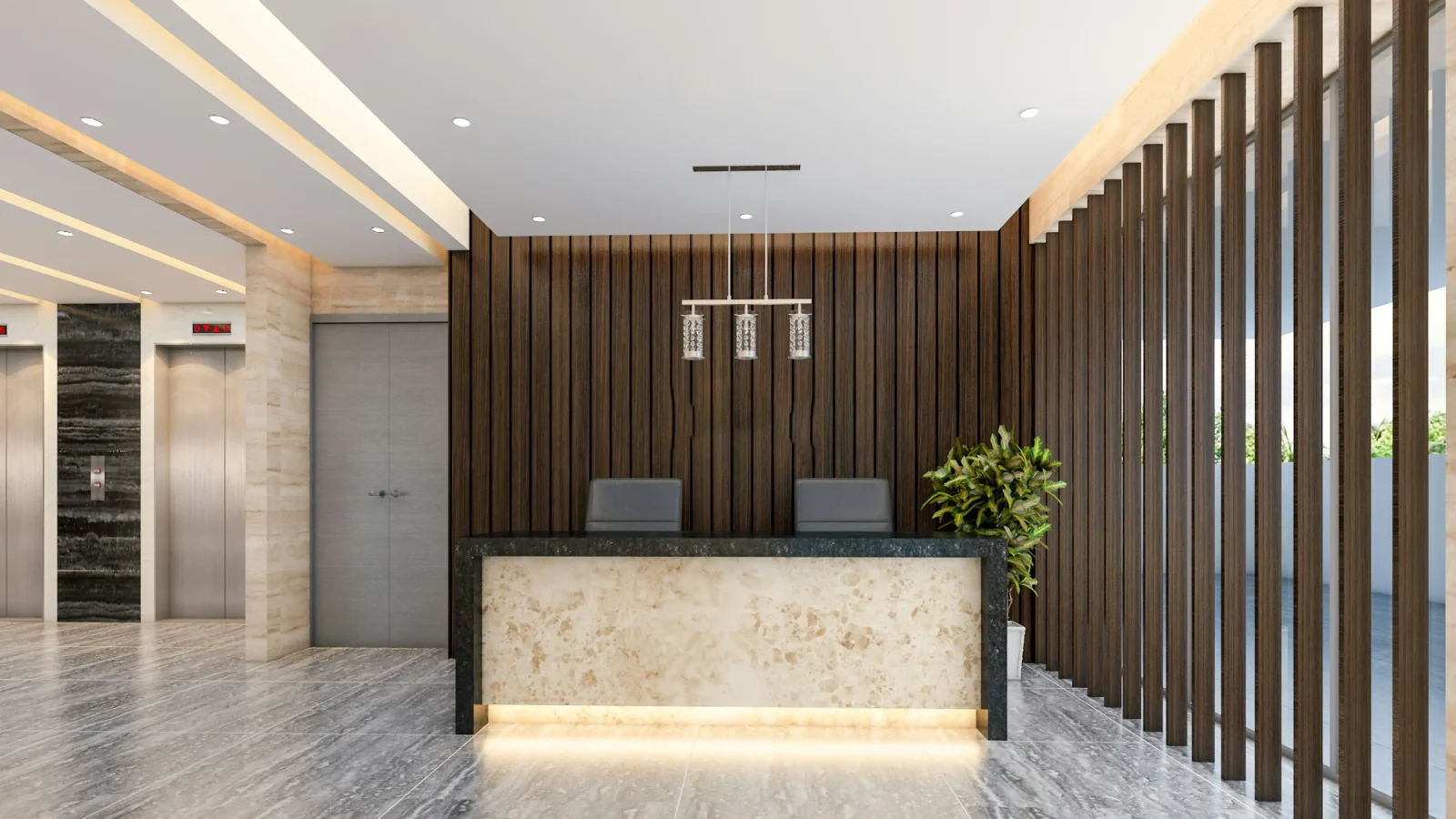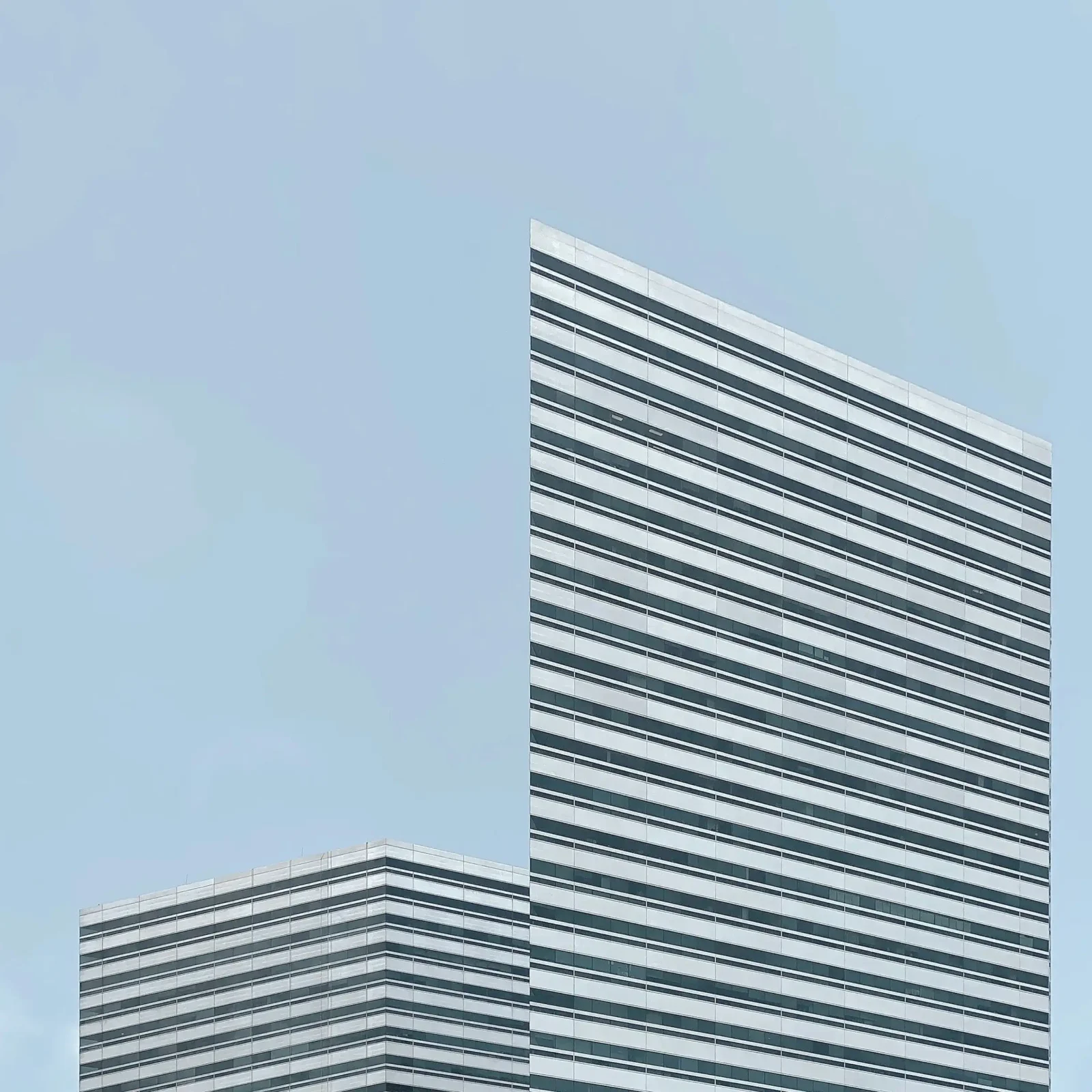- Home
- Articles
- Architectural Portfolio
- Architectral Presentation
- Inspirational Stories
- Architecture News
- Visualization
- BIM Industry
- Facade Design
- Parametric Design
- Career
- Landscape Architecture
- Construction
- Artificial Intelligence
- Sketching
- Design Softwares
- Diagrams
- Writing
- Architectural Tips
- Sustainability
- Courses
- Concept
- Technology
- History & Heritage
- Future of Architecture
- Guides & How-To
- Projects
- Interior Design
- Competitions
- Jobs
- Store
- Tools
- More
- Home
- Articles
- Architectural Portfolio
- Architectral Presentation
- Inspirational Stories
- Architecture News
- Visualization
- BIM Industry
- Facade Design
- Parametric Design
- Career
- Landscape Architecture
- Construction
- Artificial Intelligence
- Sketching
- Design Softwares
- Diagrams
- Writing
- Architectural Tips
- Sustainability
- Courses
- Concept
- Technology
- History & Heritage
- Future of Architecture
- Guides & How-To
- Projects
- Interior Design
- Competitions
- Jobs
- Store
- Tools
- More
Exploring Water Edge Structures: Benefits, Design, and Environmental Impact
Explore the significance of water edge structures in our latest article, where we delve into waterfront homes, docks, and piers. Discover how these structures enhance aesthetics, manage water flow, and protect shorelines while fostering connections to aquatic environments.

Water edge structures play a crucial role in our interaction with aquatic environments. From stylish waterfront homes to functional docks and piers, these structures not only enhance aesthetics but also serve practical purposes in managing water flow and protecting shorelines. As we explore the fascinating world of water edge structures, we’ll uncover the innovative designs and sustainable practices that make them essential in today’s landscape.
Understanding the significance of these structures helps us appreciate their impact on ecosystems and communities alike. By blending functionality with beauty, water edge structures invite us to connect with nature while addressing environmental challenges. Join us as we dive deeper into the various types of water edge structures and their benefits, revealing how they shape our relationship with water.

Table of Contents
ToggleOverview of Water Edge Structures
Water edge structures encompass a variety of constructions that prominently feature along shorelines, including waterfront homes, docks, and piers. These structures play a vital role in enhancing both the aesthetic appeal and practical functions of waterfront areas.

Types of Water Edge Structures
- Waterfront Homes: Waterfront homes offer unique living experiences, providing direct access to water bodies. Their designs promote a seamless transition between indoor and outdoor environments.
- Docks: Docks serve as platforms for recreational activities, providing space for boats and watercraft. They facilitate fishing, swimming, and other water sports, enhancing community engagement with local natural resources.
- Piers: Piers extend over water, giving visitors scenic views and access to deeper water areas. They often attract wildlife, creating opportunities for ecotourism and leisure activities.
Functions of Water Edge Structures
- Shoreline Protection: Water edge structures protect shorelines from erosion and environmental impacts, maintaining land integrity and safeguarding communities.
- Water Management: Structures help regulate water flow, minimizing flooding risk and enhancing water quality. Effective management practices ensure ecological balance in aquatic environments.
- Connectivity: Water edge structures foster a connection between human activities and aquatic ecosystems. They encourage appreciation for local biodiversity and promote conservation efforts.
Environmental Impact
Water edge structures contribute positively to ecosystems by providing habitats for marine life. Sustainable design practices prevent pollution and reduce the ecological footprint. Collaboration with environmental agencies enhances the management of these structures, ensuring they meet ecological preservation goals.
These water edge structures are not only critical for practical purposes but also for maintaining vital connections between communities and their surrounding environments. They play a crucial role in fostering a sustainable relationship with our natural resources.
Types of Water Edge Structures
Various types of water edge structures exist, each serving distinct purposes and benefits. Understanding their classifications helps us appreciate their contributions to both aesthetics and ecology.

Natural Structures
Natural water edge structures include shorelines, wetlands, and dunes.
- Shorelines form the boundary where land meets water, playing vital roles in ecosystem stability and habitat provision.
- Wetlands act as natural filters, improving water quality while absorbing excess nutrients and pollutants. They also support diverse flora and fauna.
- Dunes serve as protective barriers against erosion and storm surges, stabilizing coastlines and providing habitats for shorebird species.
These natural structures contribute significantly to shoreline management and ecosystem health.
Man-Made Structures
Man-made water edge structures offer additional functionality and can enhance the visual appeal of aquatic areas.
- Docks provide platforms for loading and unloading boats, supporting recreational activities like fishing and boating. They often promote community interaction by creating accessible waterfront spaces.
- Piers extend into water, offering scenic pathways that encourage tourism and recreational activities. Their design can support fishing, sightseeing, or social gatherings.
- Bulkheads protect shorelines from erosion and reinforce waterfront areas, ensuring stability for adjacent properties.
- Marinas accommodate various vessels and provide essential services, bolstering local economies and enhancing recreational opportunities.
Both natural and man-made structures play crucial roles in maintaining shoreline integrity, promoting community engagement, and supporting biodiversity along water edges.
Design Considerations for Water Edge Structures
When designing water edge structures, we focus on balancing functionality, aesthetics, and environmental impact. The integration of these elements ensures sustainable development and enhances the overall experience of waterfront spaces.

Environmental Impact
We prioritize minimizing the environmental impact of our water edge structures. Structures should protect ecosystems while enhancing water quality and providing habitats for local wildlife. Implementing green practices, such as using native vegetation and permeable materials, fosters biodiversity. We assess soil erosion risks and implement stabilization techniques, such as living shorelines, to promote natural sediment transport and coastal resilience. Our designs also incorporate stormwater management systems, which mitigate runoff and enhance water quality.
Aesthetic Aspects
We enhance visual appeal in our water edge structures through thoughtful design choices. Structures should harmonize with their surroundings, reflecting local architectural styles and natural landscapes. Materials like wood, stone, and glass contribute to an organic feel that complements the environment. Incorporating lighting features and landscaping elements, such as native plants and seating areas, creates inviting spaces for user enjoyment. By balancing aesthetics with functionality, we create engaging waterfront areas that invite community interaction and foster appreciation for aquatic environments.
Case Studies of Successful Water Edge Structures
Successful water edge structures illustrate the effective integration of aesthetics, functionality, and environmental stewardship. We focus on notable examples that reflect innovative design and provide insights into their impact.

Notable Examples
- The Santa Monica Pier, California
The Santa Monica Pier showcases recreational and entertainment features. It attracts over 8 million visitors annually and supports local businesses. The pier incorporates sustainable elements, including solar panels, reducing its carbon footprint.
- The Riverwalk, San Antonio, Texas
The Riverwalk enhances urban areas while promoting tourism. It integrates pathways, dining, and cultural experiences, engaging both residents and visitors. Its design nurtures local ecosystems by using native plants and water-efficient landscaping.
- The Marina Bay Sands, Singapore
This iconic structure merges luxury with environmental awareness. The integrated SkyPark provides panoramic views while addressing stormwater management through green roofs and bio-retention systems. It attracts millions, reinforcing economic benefits through tourism.
Lessons Learned
- Emphasizing Sustainability
Successful structures incorporate sustainable design principles. Integrating green technologies reduces environmental impacts and fosters ecosystem health.
- Enhancing Community Engagement
Effective water edge structures offer public spaces that invite interaction. Successful designs promote social connections and local businesses, enhancing community well-being.
- Adapting to Local Context
Understanding the unique geographical and cultural aspects of a site leads to more resonant designs. Tailoring structures to reflect local identity fosters pride and enhances user experience.
- Balancing Success and Responsibility
Integrating economic, aesthetic, and environmental considerations ensures long-term viability. Successful water edge structures achieve benefits without compromising ecosystem integrity.
These case studies and lessons illustrate the potential of water edge structures to create lasting positive impacts on communities and their environments.
Conclusion
Water edge structures serve essential roles that extend beyond aesthetics. We recognize their importance in managing water flow, protecting shorelines, and fostering a connection to aquatic environments. These structures, including waterfront homes, docks, and piers, cater to both community engagement and ecological needs, supporting various activities while promoting biodiversity.
By categorizing water edge structures into natural and man-made types, we see how each contributes uniquely to shoreline integrity. Natural structures improve ecosystem stability and water quality, while man-made structures enhance recreational opportunities and local economies. Both types must prioritize sustainable practices to minimize environmental impacts.
Design considerations remain crucial for effective water edge structures. Balancing functionality with aesthetics helps protect ecosystems while ensuring designs harmonize with local landscapes. Thoughtful use of materials, lighting, and landscaping can create spaces that invite community interaction and appreciation for nature.
Successful case studies, such as the Santa Monica Pier and Marina Bay Sands, exemplify the integration of these principles. These examples illustrate the value of sustainability, community involvement, and context-aware design. Our focus remains on fostering relationships between communities and their environments while enhancing the practical applications of water edge structures in a sustainable manner.
I create and manage digital content for architecture-focused platforms, specializing in blog writing, short-form video editing, visual content production, and social media coordination. With a strong background in project and team management, I bring structure and creativity to every stage of content production. My skills in marketing, visual design, and strategic planning enable me to deliver impactful, brand-aligned results.
Submit your architectural projects
Follow these steps for submission your project. Submission FormLatest Posts
Best Tools for Tracking Construction Labor Hours
Quick View of the Products Listed Best Overall: Workyard – Complete construction...
More Than a Gate: Designing a Secure and Stylish Home Entryway
A property’s entrance tells a story before a single guest steps inside....
Employer Liability and Smartphones: When Work Texts Cause Crashes
In today’s connected world, it’s nearly impossible to separate work from daily...
What Are the Best Topics for Architectural CE?
By now, every architect in the United States understands that continuing education...












Leave a comment